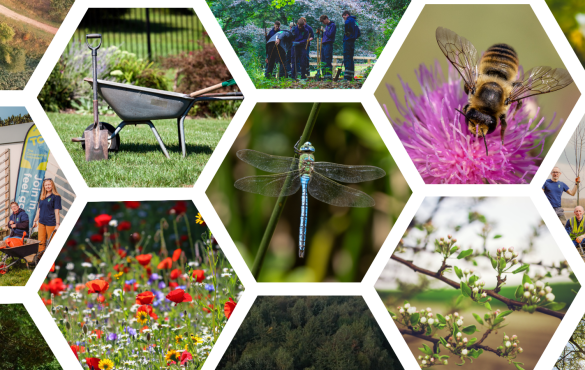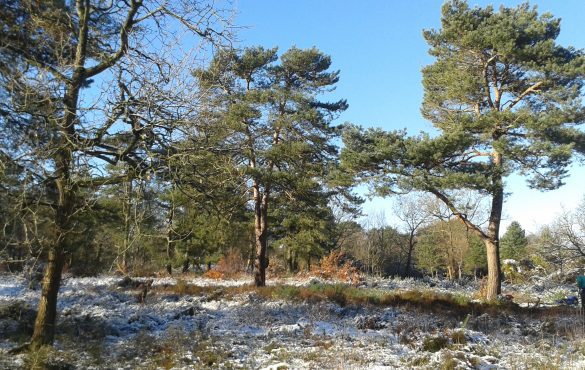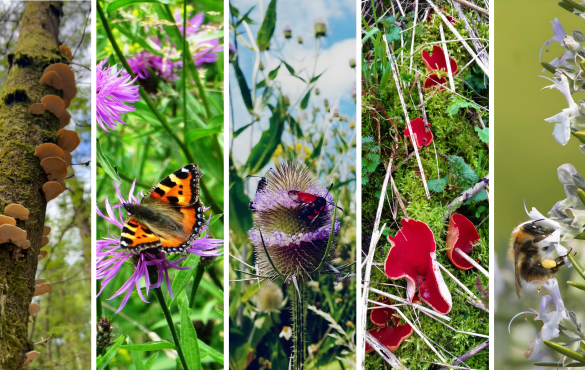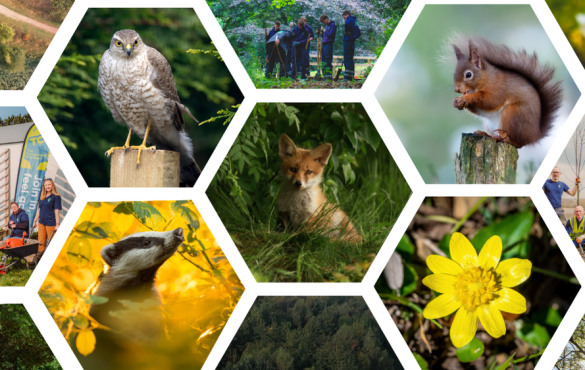A quick guide to composting from The Conservation Volunteers…
Why compost?
- Composting is the most environmentally friendly way to dispose of kitchen and garden waste – if your scraps go to landfill sites they can produce methane through anaerobic decomposition, a harmful greenhouse gas.
- Compost is an excellent soil improver and fertilizer, teeming with nutrients and minerals for healthy plant growth.
- Composting has the potential to save you money, meaning you don’t have to head to the shops to buy proprietary brands.
- It reduces CO2 emissions – think of the energy it takes to transport something as heavy as compost!
- It connects you to your garden – you are now responsible for feeding your soil and the billions upon billions of microbial organisms within.
- A wildlife-friendly compost heap feeds worms and woodlice and any number of other invertebrates. In turn, certain heaps can be a great home for frogs, toads, newts and even slow worms.
- It’s an excellent way to go ‘peat-free’. Peat bogs are a significant carbon sink: commercially demolishing them to make garden compost contributes to climate change.

How to make compost
In general, as long as you get your composting mix right, you’re on to a good start.
Try to include a good variety of materials for a healthy composting system – our composting organisms, like us, thrive on a healthy varied diet, so steer clear of feeding too much of one thing. Too many grass clippings will result in a soggy mess!

It’s all about greens and browns. Just remember to go half and half…
- Aim for 50% green materials – grass clippings, vegetable kitchen waste, annual weeds, even manure – these are your high-nitrogen items.
- Aim for 50% brown materials – shredded card, animal bedding, newspaper, fallen leaves, spent compost – these are your high-carbon items.
If you stick roughly to this, or go slightly higher on your brown items, you should have a healthy balance. You should also try to mix the items, helping to get plenty air to your army of composting organisms. Oxygen is key! We want to avoid a state of anaerobic decomposition.
KEY TIP: To avoid rat infestations, avoid putting any processed or cooked food into your compost!
When will my compost be ready?
Composting has so many variables which affect the speed of decomposition (size of heap, heat, oxygen, type of composting materials, number of organisms present, how often you turn it…) so it’s difficult to say.
You’ll know it’s ready when it looks and smells like compost and not the component ingredients. You’re looking for a dark brown, crumbly texture and an earthy smell.
Wonderful stuff.
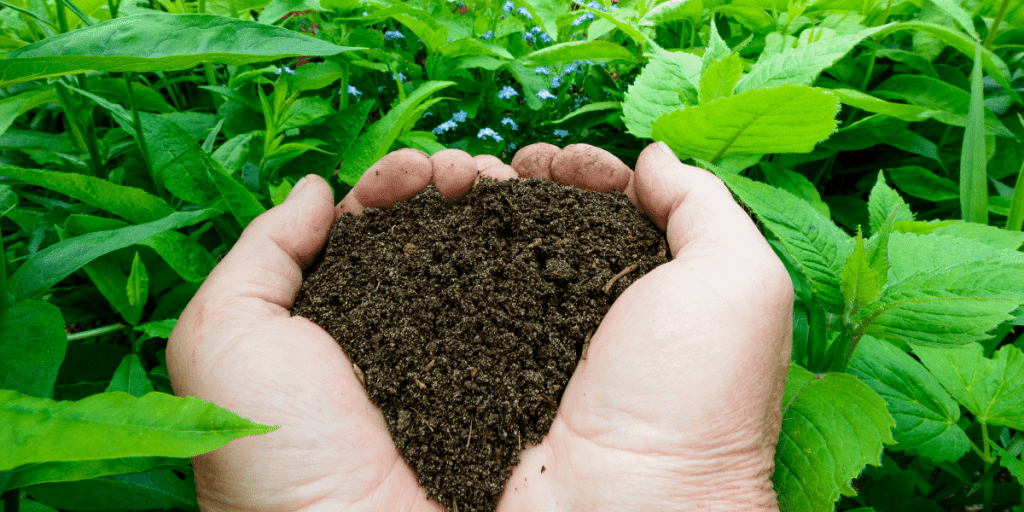
Types of composting container
There are several types of composting methods each suited to different situations and some more labour intensive than others. This is by no means an exhaustive list but consists of the more common methods.
Standard Composting Bins
Your standard Dalek-style bin or its squarer relative. It’s worth noting that bins less than 1 m3 in size are less effective than larger ones. Contact with the soil beneath will help microorganisms travel from your existing soil into the composter, speeding things up.
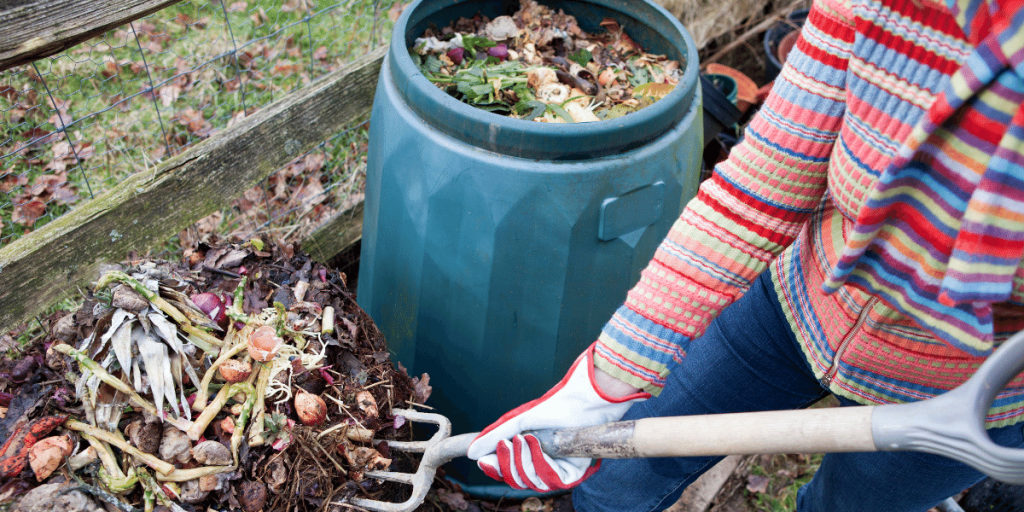
Composting Bays
The gold standard for larger spaces. Pallets or reclaimed wood can be used to make these bins which is great for recycling, or bays can be constructed of breeze blocks, brick or even recycled plastic for extra longevity. The idea is you turn the compost in stages, so you have fresh material, part-composted and finished product.
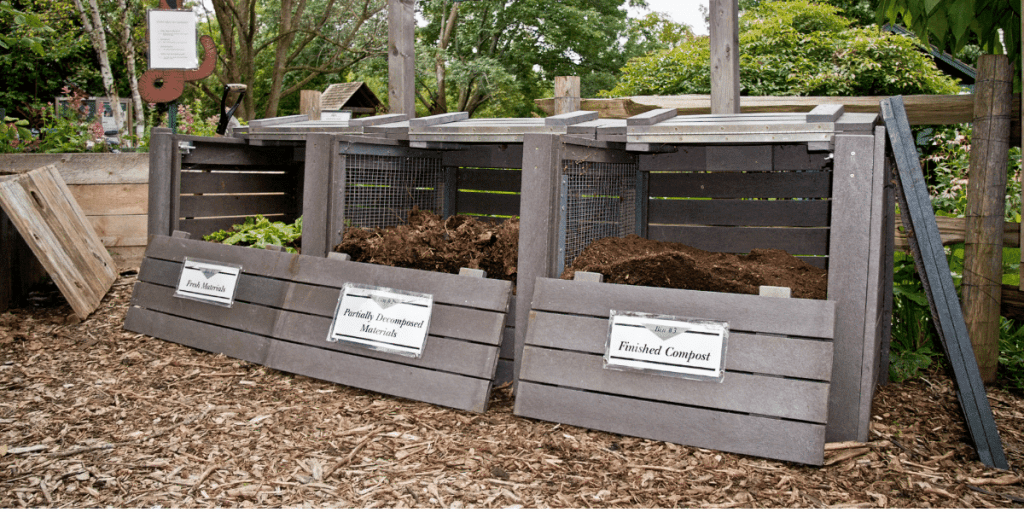
Wormery
With this method, you have the added bonus of liquid fertilizer, or ‘worm wee’ as it’s affectionately known.
A wormery usually consists of stacked compartments with composting materials in the upper levels and a lower compartment for the collection of your liquid fertilizer. Be sure to dilute this potent liquid fertilizer before using it on your garden or veg plot.
The worms used for composting include the species Eisenia andrei, Dendrabaena and Eisenia foetida. Composting worms live in decaying upper layers of organic matter, compared to soil-dwelling earthworms.
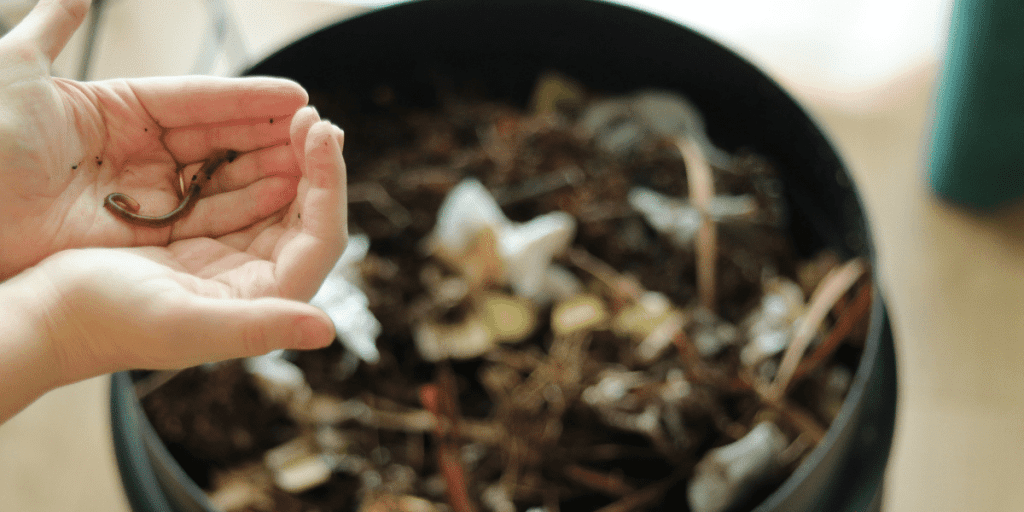
Composting Tumbler
A compost tumbler most often has a barrel shape that can be rotated to aid the mixing up of your compostable materials. Rotating the drum gets aerobic bacteria mixed through your organic waste, rapidly working to break it down.
It is said, a compost tumbler bin will make compost in 8 weeks with the process happening speediest if the tumbler is placed in a sunny spot.
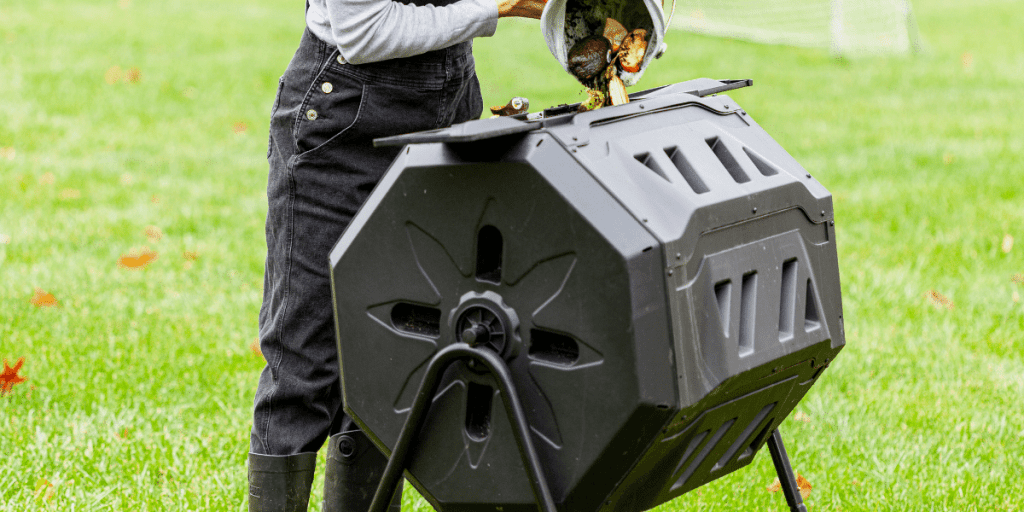
Trench Composting
Essentially, dig a trench or hole approx. 60cm deep during late autumn or winter, throw your mix of organic composting materials in and cover up with soil. Let nature take care of the rest, ready to plant over in springtime!
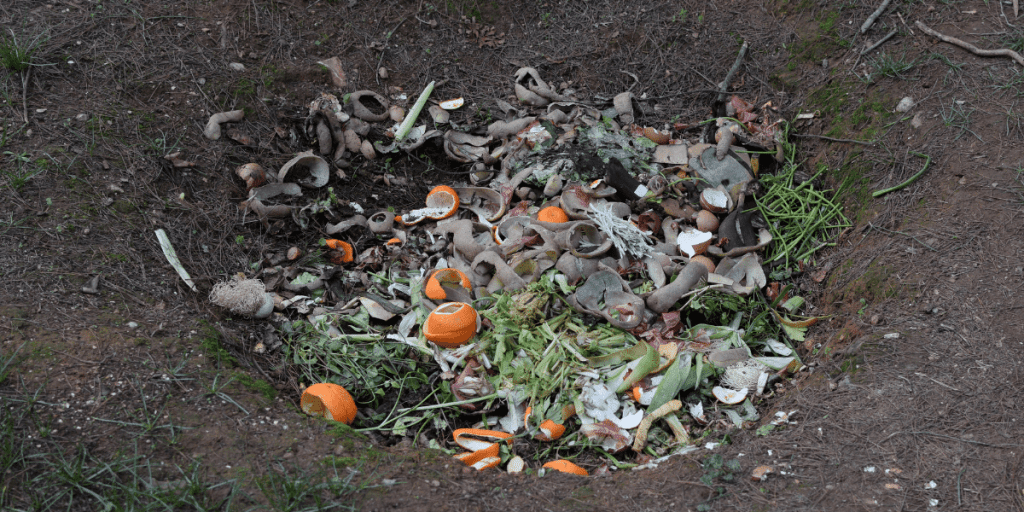
These are just some ideas to get you going with composting.
From an individual perspective, composting can connect you with your fascinating
Keep up to date with the latest news and activities from The Conservation Volunteers by following us on Twitter, Facebook, LinkedIn and Instagram. You can also sign up to receive our Greenzine newsletter for more ways to get involved.

